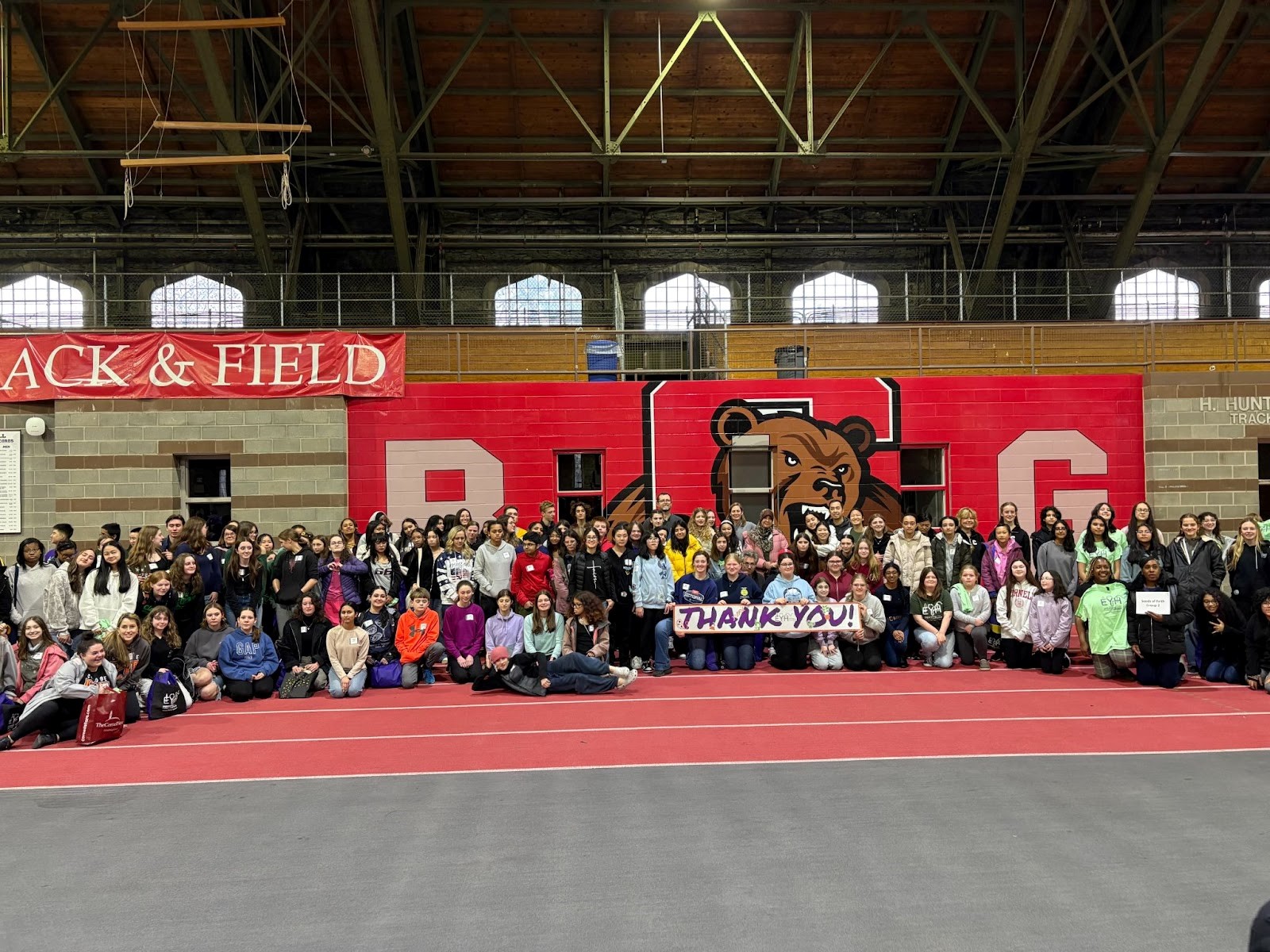Meiosis is the process whereby a diploid precursor cell undergoes two consecutive rounds of division, without an intervening S-phase, to generate up to four haploid germ cells for fertilization. In mammals, male meiosis results in the formation of four haploid spermatids that then undergo spermiogenesis to develop the characteristic spermatozoan morphology. In females, half of the products of each meiosis get extruded as polar bodies, resulting in the formation of one haploid oocyte that is then ovulated and can be fertilized by a single sperm cell. Meiosis is a fascinating process that must be tightly regulated to ensure that accurate chromosome segregation occurs at each meiotic division. During meiosis I, homologous chromosomes must find each other, undergo pairing and synapsis, exchange DNA through the process of homologous recombination, and then segregate accurately at the first meiotic division, allowing the daughter cells to then enter the mitosis-like meiosis II. Meiosis II results in the equal segregation of sister chromatids that are already tethered together through their cohesion rings, and thus are less likely to endure aberrant segregation.
Studies by CoRe researchers are exploring a wealth of events that are critical for meiotic progression. The Cohen, Weill and Smolka labs are exploring DNA damage repair mechanisms that underlie homologous recombination events. Such events are initiated by a series of hundreds of DNA double strand breaks (DSB) throughout the genome, all of which must be repaired in a timely manner during prophase I, but only a subset of which repair as the crossover structures that are critical for maintaining homolog interactions through until the first meiotic division. Thus, meiotic recombination serves as a strong model for understanding DNA damage repair and chromosome dynamics. Studies in several labs are also exploring the sexually dimorphic features that characterize meiotic progression in mammals. The Schimenti lab, for example, is investigating why disruption of prophase I events are catastrophic for male meiosis, but not for female meiosis. Similarly, the Cohen and Smolka labs are exploring the dynamics of recombination events relating to the unique situation of the XY chromosome pair in male meiosis. The XY pair differs from the autosomes in that they do not synapse across their entire length, pairing only at a region called the pseudoautosomal region (PAR). The mechanism by which the cell senses XY asynapsis as “normal” is fascinating, and appears to be intricately linked to DNA repair events on the autosomes. Finally, studies in the Danko, Schimenti, Grimson, and Cohen labs are investigating the regulation of gene expression through meiosis, since several key features of meiotic prophase I are tightly dependent on proper regulation of chromatin behavior and dynamics. This work is funded by our P50 award through the NICHD’s NCTRI program.



